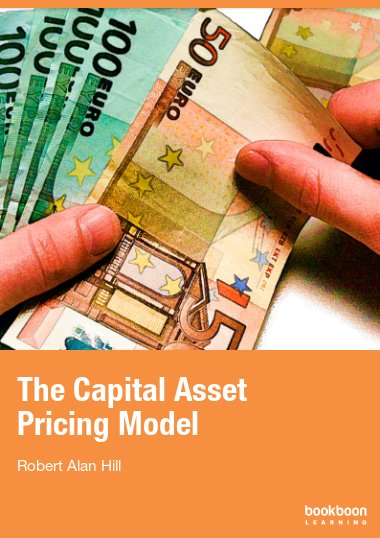This book evaluates the development of Modern Portfolio Theory (MPT) based on the Sharpe CAPM and Ross four-factor APT, underpinned by Modigliani and Miller’s “law of one price”. Today anybody with appropriate software and a reasonable financial education can model risky investment portfolios. But one lesson from the 2007 banking and 2010 euro crises is that computer driven models can be so complex that investors may not interpret their results correctly. Returning to first principles, we therefore explain why MPT is only a guide to action and program trading is no substitute for human judgement. Investors should always understand the models that underpin their analyses.

